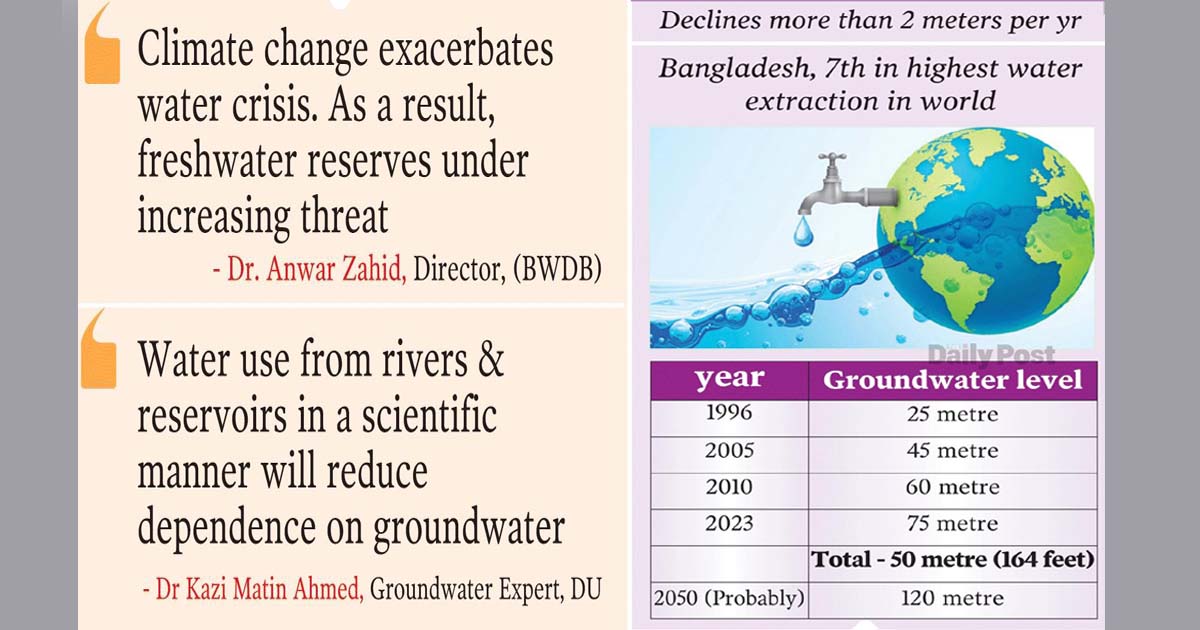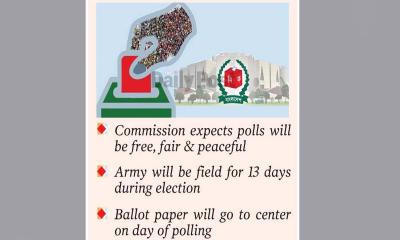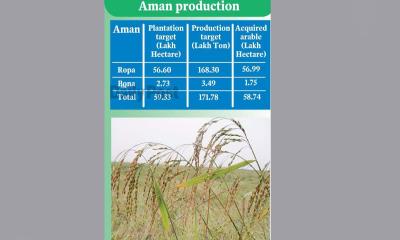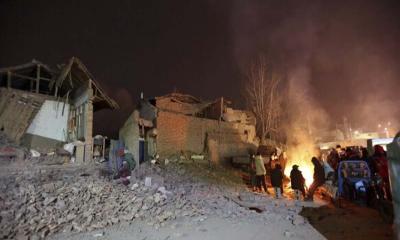About 70 percent of the water used in the residential and industrial factories of the capital Dhaka is extracted from groundwater. Due to this, the water level in Dhaka is going down by two to three meters every year. Dhaka WASA alone is extracting about 33 lakh cubic meters of groundwater every day.
However, 25 percent of extracted water is wasted through processes and various methods. Due to this, Dhaka is in a dangerous situation. According to a study by Bangladesh Water Development Board ((BWDB), the water level in Dhaka was 25 meters in 1996.
In 2005 it reduced to 45 meters. In 2010, the water level further decreased to 60 meters. At present, i.e. in 2023, the level of groundwater has dropped to 75 meters or 164 feet. However, by 2050, this level may drop to 120 meters. Due to excessive extraction, the underground water level of various areas including Dhaka and its surrounding industrial areas permanently decreasing at an alarming rate. According to a WASA report, the daily water demand in the capital Dhaka in 2025 will be 35 lakh cubic meters. This demand will increase to 43 lakh cubic meters in 2030. Moreover, in 2035, there will be a daily demand of 52 lakh cubic meters of water in Dhaka. According to the data of Statist, a German statistical institute, the Rohingya camp in Cox's Bazar has a population of 28,958 people per square kilometer. But 30 thousand 911 people are living per kilometer in Dhaka. So from this, it can be understood that the population density of Dhaka is high. Naturally, the water demand will be relatively high. According to one of the statistics of BWDB, even in 1970, water was available under 6 meters or about 20 feet of ground in Dhaka city. But in 2023, water is not available before 73 meters or about 240 feet. In the past decades, manual tube wells were installed at a depth of 10 to 100 meters of groundwater to protect people from waterborne diseases caused by using contaminated groundwater.
Initially deep tube wells were installed for irrigation, but over time the number of shallow tube wells increased. The number of non-deep irrigation tubewells has increased rapidly and currently exceeds 16 lakh. Which was less than one lakh in the first half of the 80s. Uncontrolled extraction of groundwater is having a major detrimental effect on the water supply capacity. According to a recent survey by the United Nations, Bangladesh ranks 7th among the top countries in terms of groundwater extraction. According to a World Bank report, about 5 to 24 percent of Bangladesh's land area is exposed to high levels of arsenic, salinity, and groundwater storage at risk of depletion. Groundwater experts say that due to the special characteristics of Bangladesh's subterranean sand layer, it has been able to prevent landslides so far. The thick silt layer in the upper part of the underground aquifer has been able to cope with the pressure of decreasing water volume until now through sand particle rearrangement and structural changes. When WASA and others start extracting water from depths of 300 meters or 984 feet with deep tube wells, it will cause irreparable damage.
Depending on the type of sediment, rain or flood water takes at least 100 years to reach a depth of 100 meters or 328 feet and about 1,000 years to reach a depth of 300 meters or 984 feet. BWDB's study also shows that arsenic contamination in groundwater between 5 and 50 meters in the delta and alluvial plains of 61 districts of Bangladesh was found to be greater than 0.01 and 0.05 milligrams per liter.
For this reason, a crisis has arisen. About 100 to 200 meters of aquifers constructed by Bangladesh Water Development Board and UNDP have found excess mineral iron and manganese in water and salinity in 200 to 300 meters of water in some places along with shallow rock layers of coastal areas. Dr. Kazi Matin Ahmed, a professor of the Department of Natural Sciences of Dhaka University and an expert on underground water, said that if the amount of underground water decreases, it may fall into a vacuum of fresh water within a few decades. The amount of groundwater is not infinite. The government must manage it while keeping in mind national priorities and ensure its use follows scientific methods.
If the water from different rivers and ponds can be purified and used, the dependence on groundwater will be reduced. This is also happening as a result of unplanned urbanization. In some parts of the country, the water level has dropped by more than two hundred feet. The amount of water that is lifted every day is replenished by rainwater. But if the water is raised more than the quantity, it is not filled.
Be aware of water wastage and use. Clay layers behave exactly opposite to sand layers. A depression in the mud layer (up to 60 feet thick) can cause subsidence and destroy groundwater reserves. Dr. Anwar Zahid, chief researcher and director of Bangladesh Water Development Board (BWDB), said the water level in the capital Dhaka is dropping by more than 7 feet or two meters per year. If this continues, Dhaka's fate may one day be like Cape Town or Johannesburg. The situation outside the capital is also not satisfactory. Tubewells, which were used as a source of drinking water even a decade ago, are no longer able to lift fresh water below 165 feet. The shallow tap water contains arsenic along with manganese and iodine which make the water unsafe. So deep pipes are now relied upon to bring fresh water from a thousand feet below. Overall, Dhaka is definitely in dire straits. The impact of climate change is also compounding this water crisis. Freshwater reserves are also under increasing threat due to sea level rise. Still, Dhaka can be crisis-free if groundwater is used scientifically.
Dr. Anwar Zahid also said that the underground water level has dropped 30 to 70 meters below the surface in the last 50 years. Barendra Bahumukhi Development Authority has been implementing massive rate irrigation schemes for decades which have reduced the groundwater level in many areas to 7.5 to 8 meters below the level of hand-operated tube wells. As a result, there is a crisis in the availability of water for drinking and household purposes. Global climate change i.e. natural warming, rise in sea level, and decrease in rainfall and river flow can also hurt the quantity and quality of groundwater resources.
ARS











